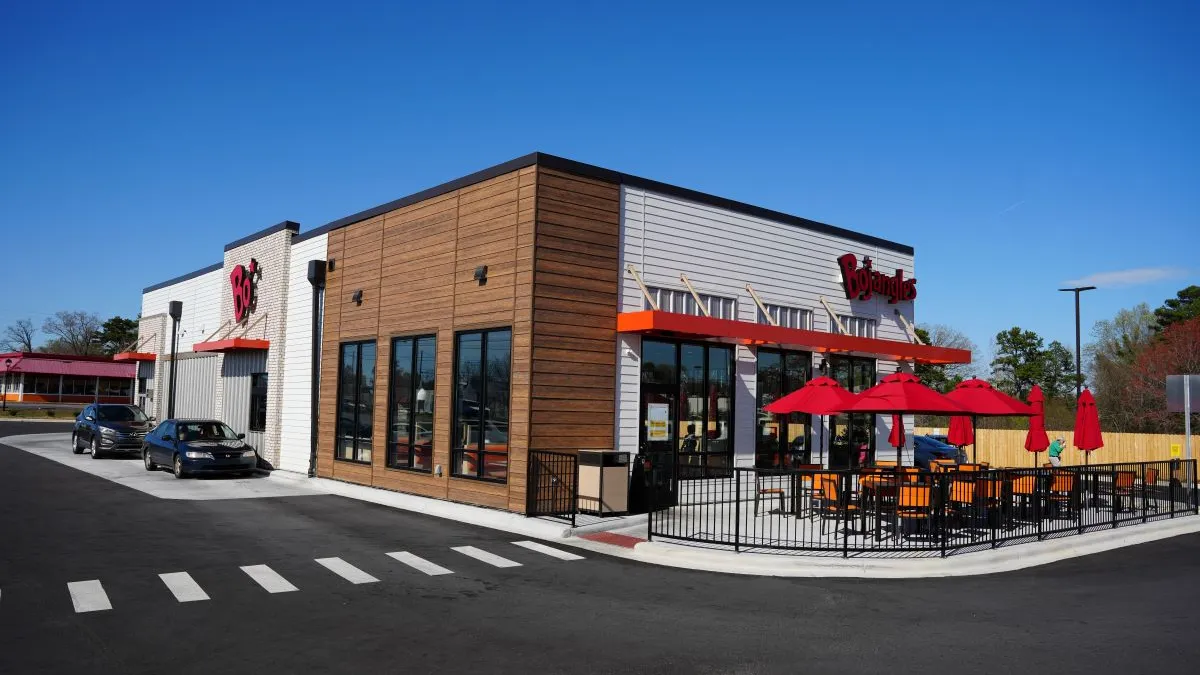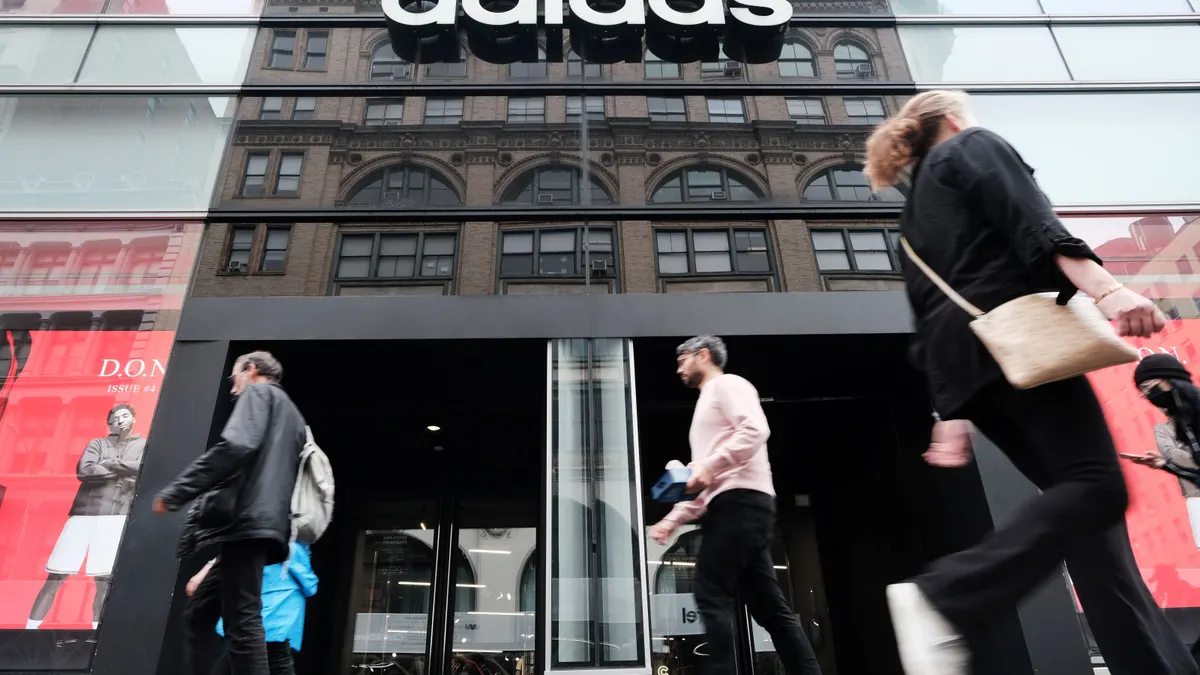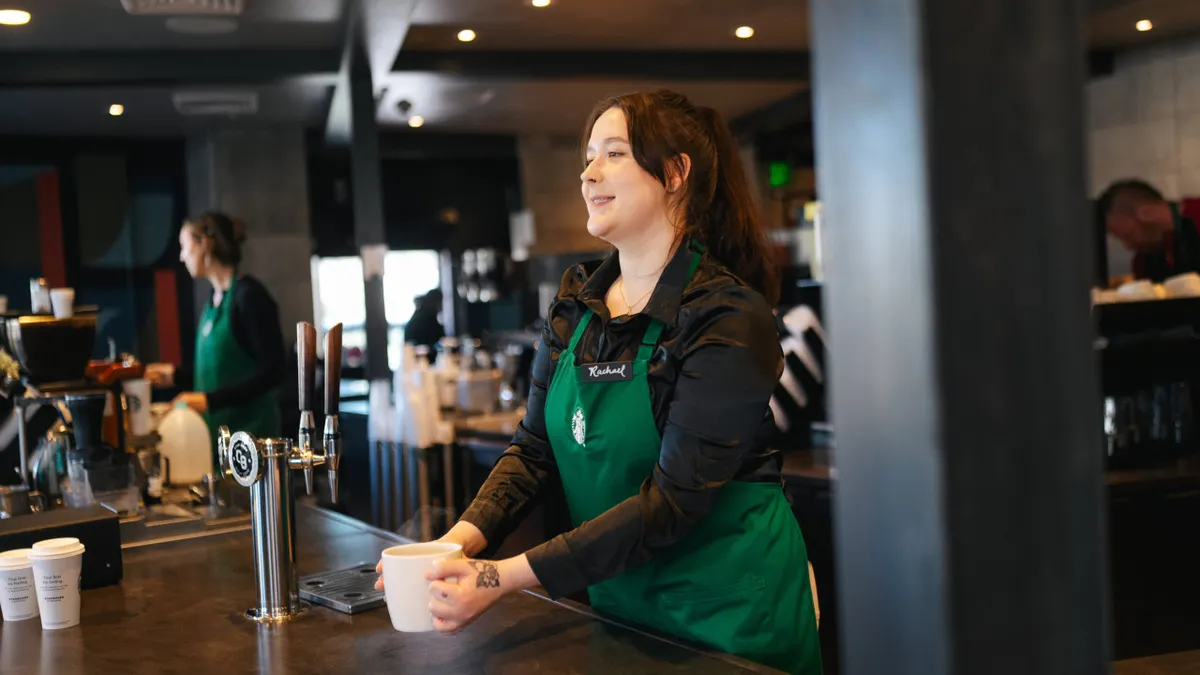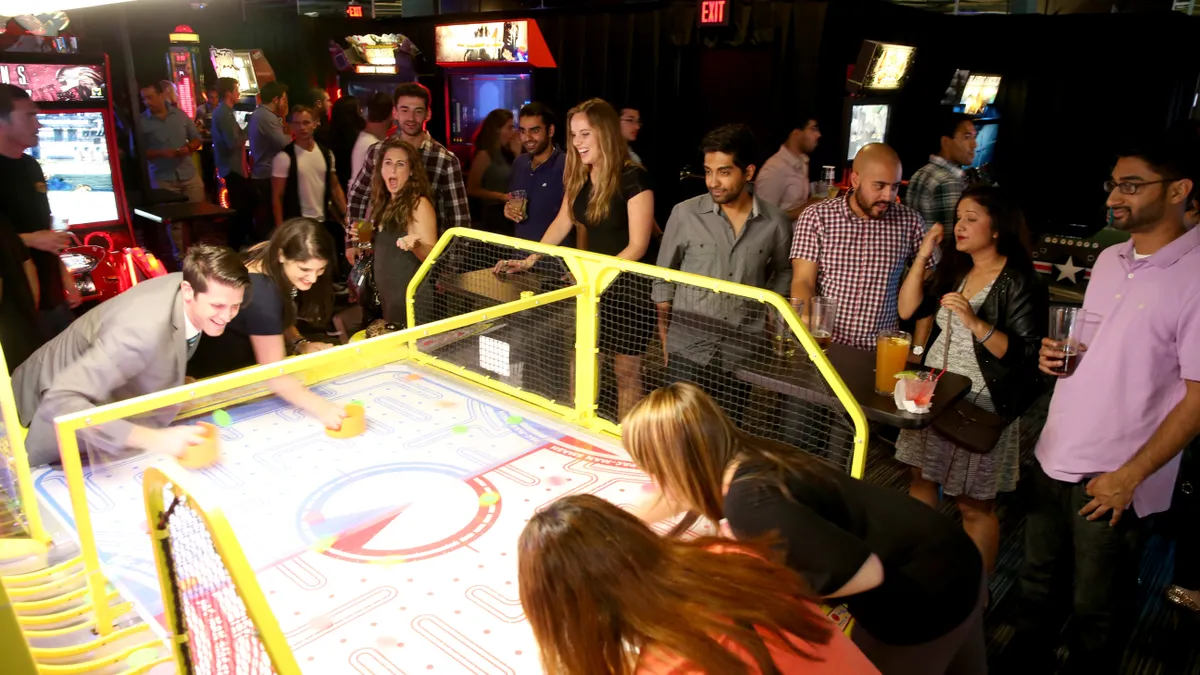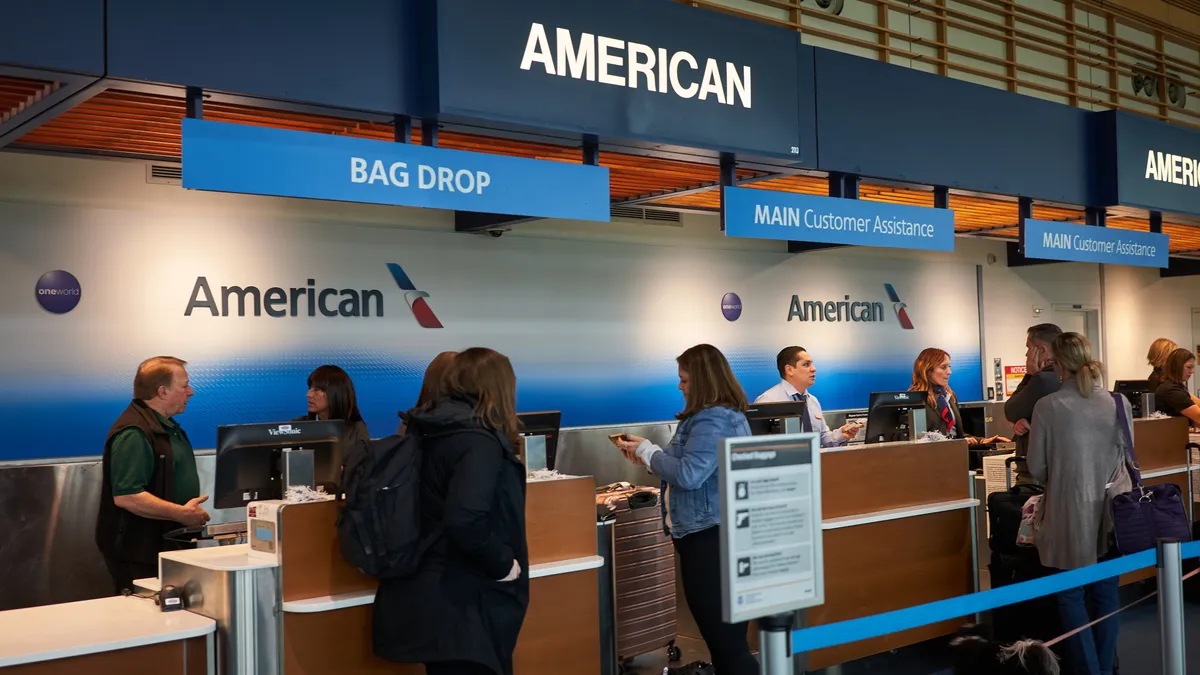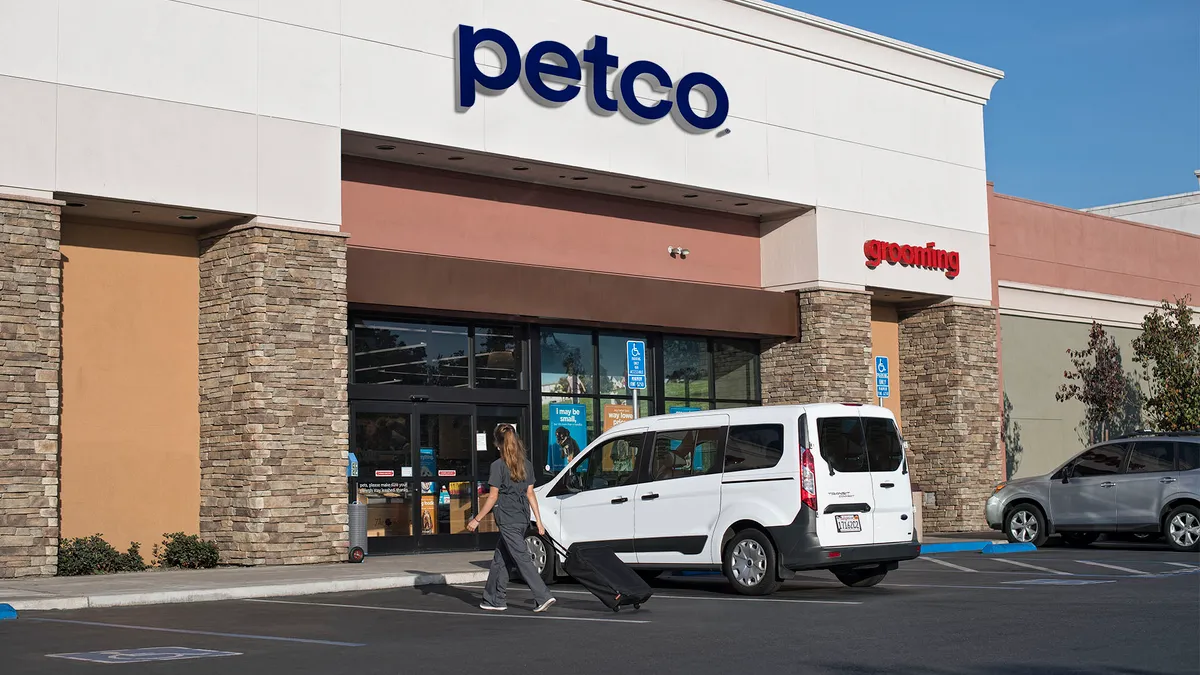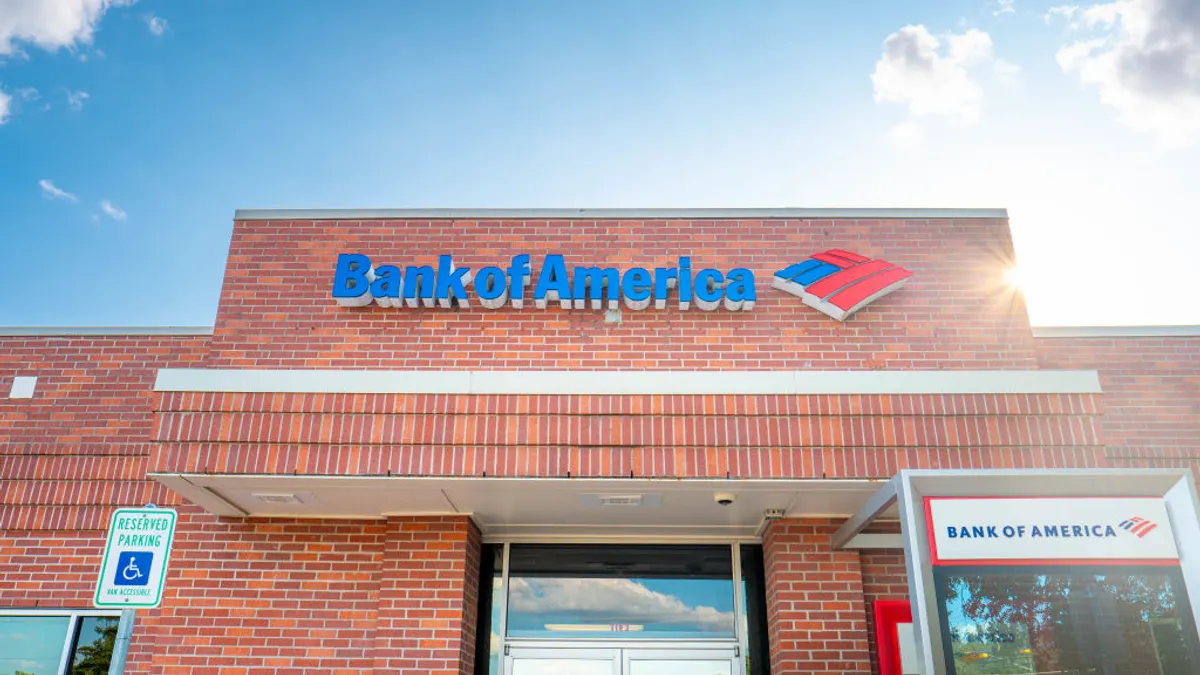Improving customer experience is becoming more important for chief information officers as businesses look to customer-centric approaches to drive success and growth.
The mandate is guiding investments in technology, with one-third of IT leaders nominating customer experience advancements as a top business priority, according to Foundry’s 2024 State of the CIO Study that surveyed more than 1,000 global heads of IT.
While there’s still a long way to go, Bojangles CIO Richard Del Valle agrees organizations are realizing technology is integral to service delivery and is an important value driver for customer experience.
He’s witnessed this first hand, as his team pivoted from an infrastructure-focused IT team to a guest-focused IT team. As part of this change in priorities, he has led technology initiatives at the Southern-inspired fast food restaurant brand focusing on enhancing customer experience.
“We're in the guest experience business, and because we're a Southern brand, we're high touch and we always have been,” Del Valle said.
The warm, personal touch is part of the brand’s DNA so the starting point is a deep understanding of their guests and retaining the brand’s authentic identity.
“There’s a lot of risk when you're putting technology between you and the guests that you can lose the soul of your company or the personality that made you great,” he said.
Any new technology is given a ‘Bo’ name to reflect the brand’s identity. For example, its new AI bot that takes orders at the drive-thru is called Bo-Linda to show it’s part of the brand.
Bo-Linda has a soft, pleasant voice, but Bojangles intentionally chose a voice customers will know is a machine and not a human.
“Guest adoption has been aided by the fact that we're not attempting to trick anyone into thinking they're talking to a human,” he said.
The business has maintained its guest friendliness ratings, and the overall guest experience has improved because they can handle a high volume of transactions without errors.
“It’s important we maintain a high-touch, high-energy hospitality approach, even with AI in place,” Del Valle said.
Customer expectations drive technology initiatives
Led by CEO priorities, 51% of IT leaders expect to increase their involvement in customer experience in the next 12 months, according to the Foundry survey, which underscores why IT leadership and investment in customer experience will continue to grow.
While CEOs focus on growth and customer satisfaction, IT leaders often prioritize security and infrastructure, requiring a significant realignment of priorities, according to Andrew Nieman, co-founder and managing principal of Arro Labs, which specializes in digital transformation around customer experience.
“CX is a top priority for global CEOs because it helps companies stand out in a crowded market where products are easily accessible,” Nieman said.
Nieman says the likes of Amazon, which has set high standards for user experience, is driving many brands to overhaul their processes and technology in an effort to keep up with growing customer expectations.
“Customers now expect seamless, quick and smooth interactions with all brands, regardless of industry,” he said.
This shift in customer experience as a business priority is driving digital transformations, with a focus on omnichannel experiences — integrating web, mobile, call center and retail tech to create seamless interactions, according to Nieman.
In line with this, 44% of IT leaders are prioritizing technology to help analyze customer needs and behaviors and 40% are working to improve the protection of customer data, the report found. Another 22% said investments in chatbots and mobile apps to elevate CX will drive IT spending.
Nieman advises CIOs to focus on performance and speed to meet rising expectations, but warns they must balance ambitious business goals with technical constraints, extending infrastructure already in place before investing in new systems.
“Technology should be led by customer experience, and CIOs need to enhance user experience by optimizing existing features before adding new ones,” Nieman said.
At Bojangles, self-serve kiosks are another key technology, giving customers the choice of placing their own orders for those who prefer digital interactions.
It was important to ensure the kiosks offer the same options and ability to customize orders as customers have when ordering in person.
Reducing the workload on frontline employees allows them to focus more on guest engagement and fulfilling orders. It’s a case of customer experience leading technology decisions to fit the brand’s ethos.
“Kiosks have connected with a generation of guests who prefer ordering online,” Del Valle said.
CIOs can lead customer experience road maps
Customer experience is an ongoing, evolving process, led by new technologies and market demands. Challenger brands often lead customer experience innovation, forcing larger companies to adapt.
Cross-functional collaboration is essential to avoid silos in which CX is owned by a single department that risks becoming a cheerleader without budget or control.
Whether it’s led by the market or the CEO, CIOs must play a key role in setting strategic roadmaps to ensure the feasibility of tech-led initiatives and consider other dependencies, Nieman said.
“There’s a need for long-term planning in CX, yet most companies have 12-month budgeting cycles, which hinders innovation because it doesn’t provide the time of two to three up to five years needed for complex projects,” he says.


